PPT-Ornithology Practice Test
Author : tatiana-dople | Published Date : 2016-06-10
Created by Abby Golder 1 Give the common name and the conservation status for the birds below A B C 2 What two muscles are most essential to flight 3 Which of
Presentation Embed Code
Download Presentation
Download Presentation The PPT/PDF document "Ornithology Practice Test" is the property of its rightful owner. Permission is granted to download and print the materials on this website for personal, non-commercial use only, and to display it on your personal computer provided you do not modify the materials and that you retain all copyright notices contained in the materials. By downloading content from our website, you accept the terms of this agreement.
Ornithology Practice Test: Transcript
Download Rules Of Document
"Ornithology Practice Test"The content belongs to its owner. You may download and print it for personal use, without modification, and keep all copyright notices. By downloading, you agree to these terms.
Related Documents



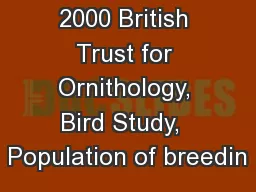
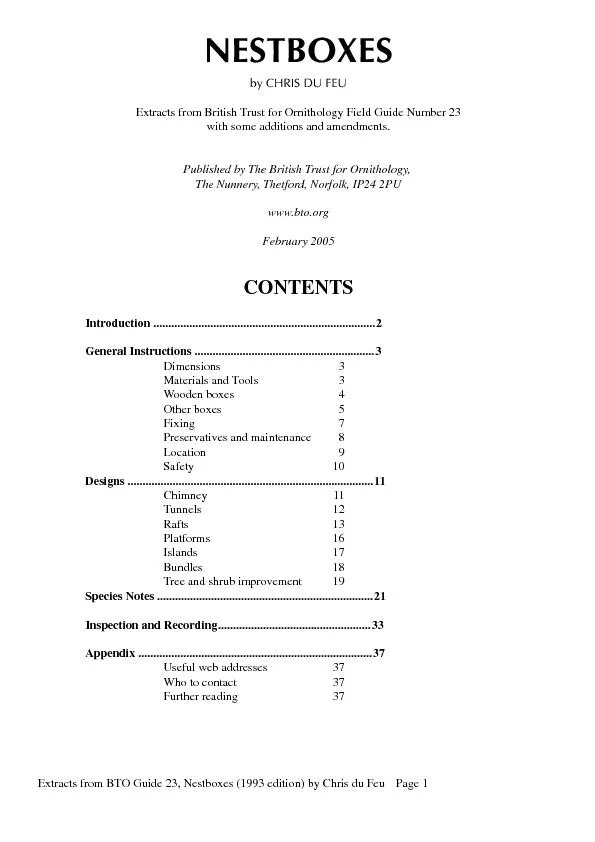
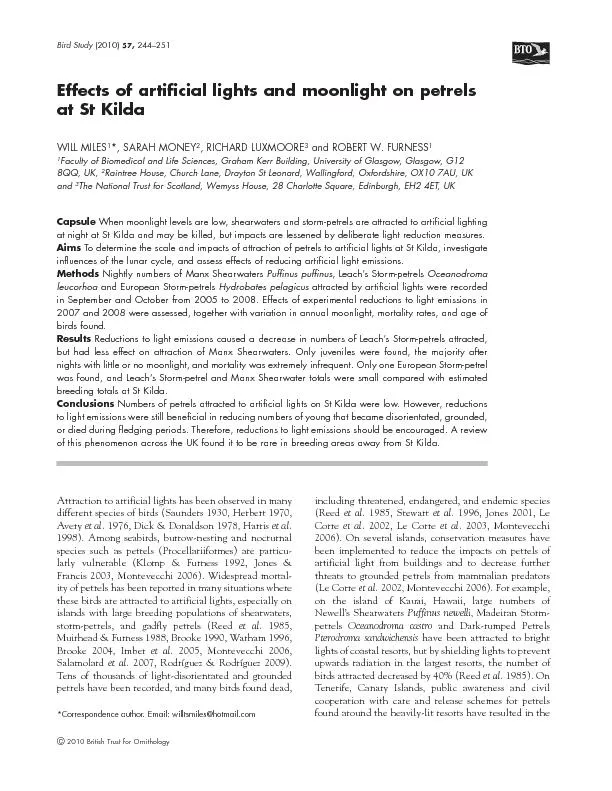
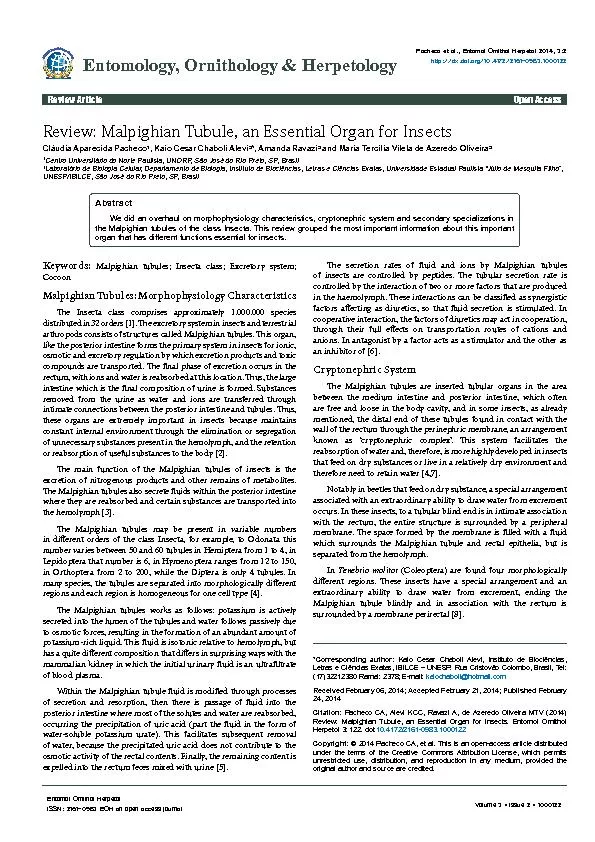

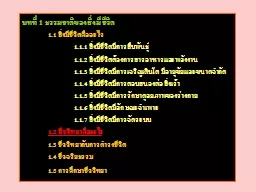
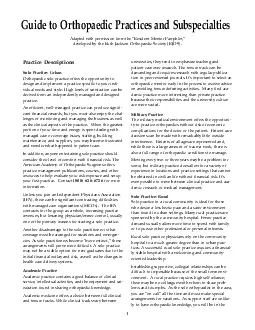
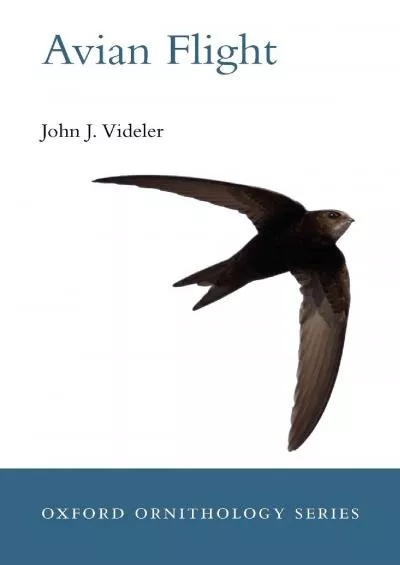
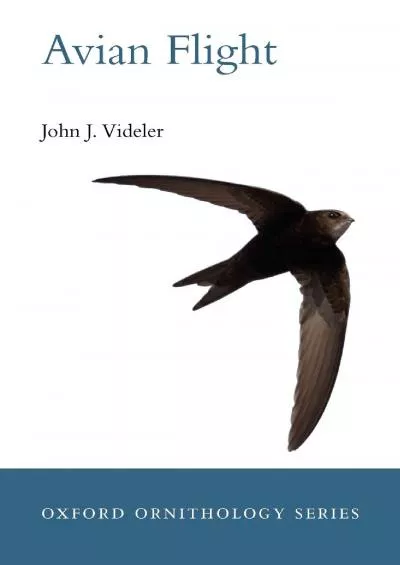

![[PDF READ ONLINE] PELLETB Test Prep California: California POST Exam Study Guide and Practice](https://thumbs.docslides.com/1017695/pdf-read-online-pelletb-test-prep-california-california-post-exam-study-guide-and-practice.jpg)
